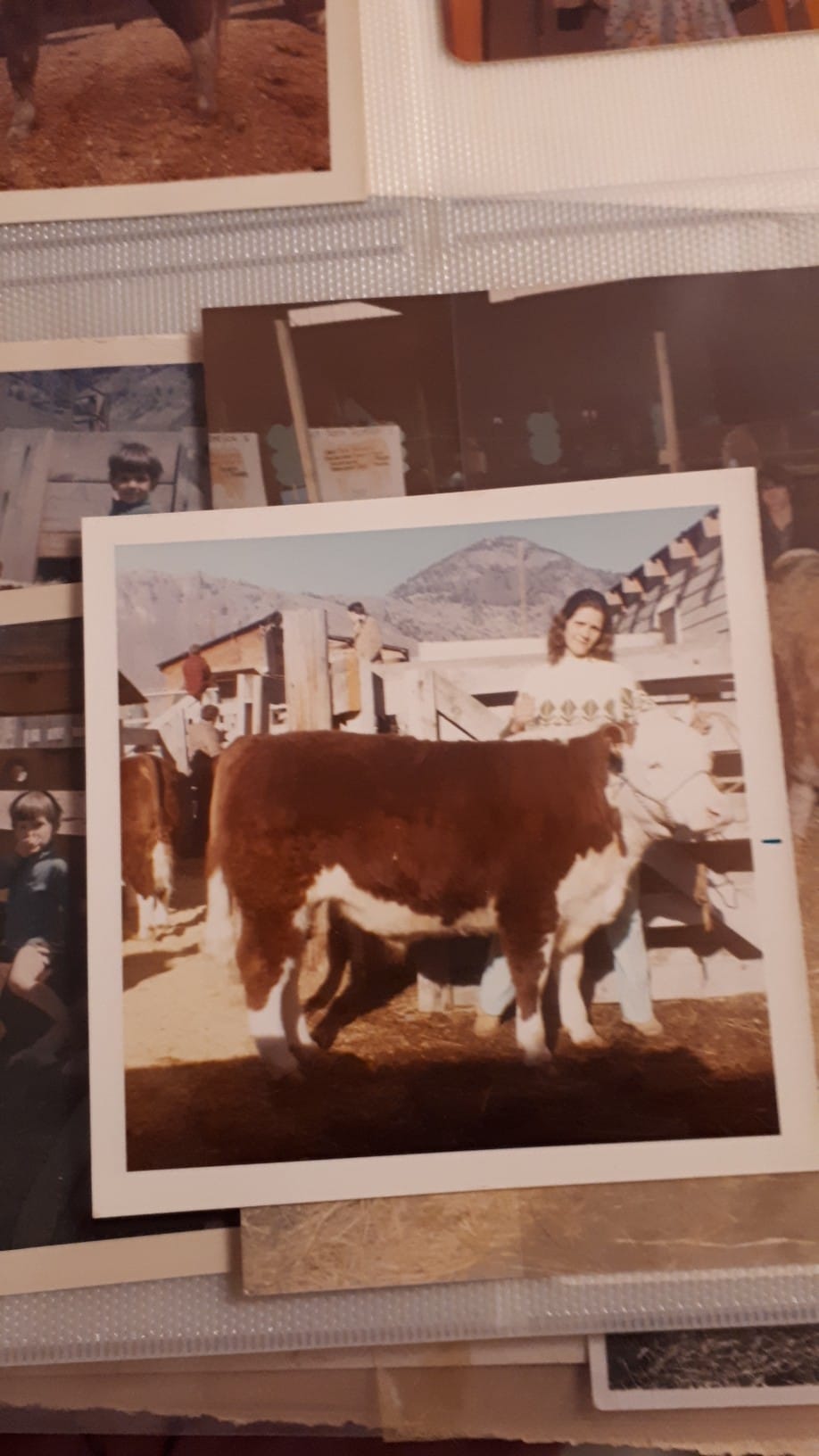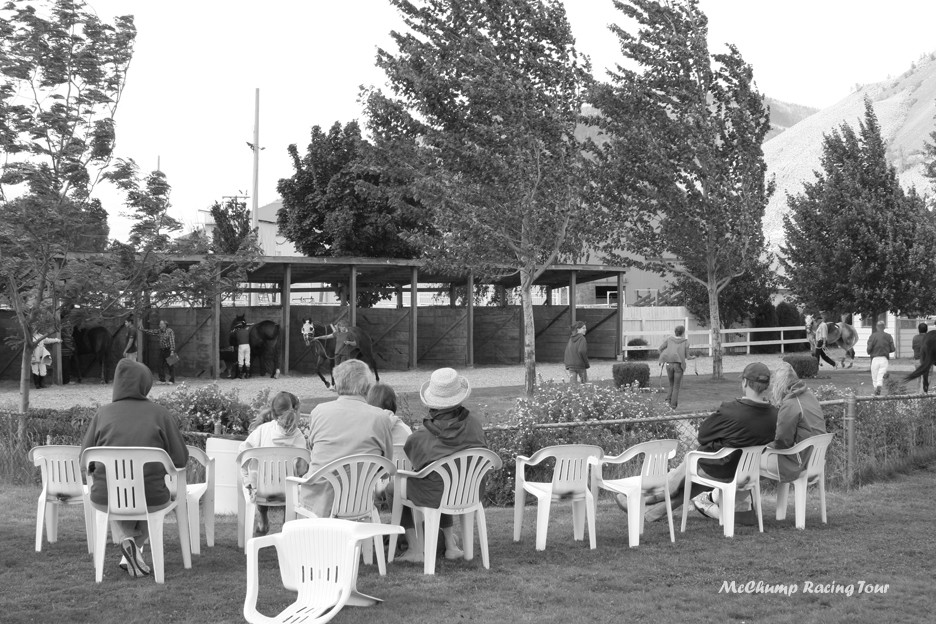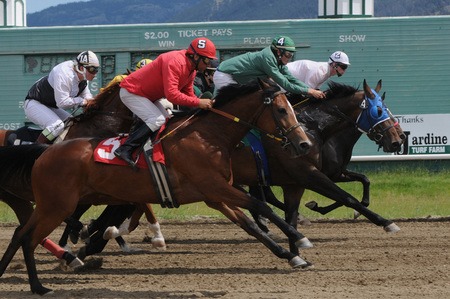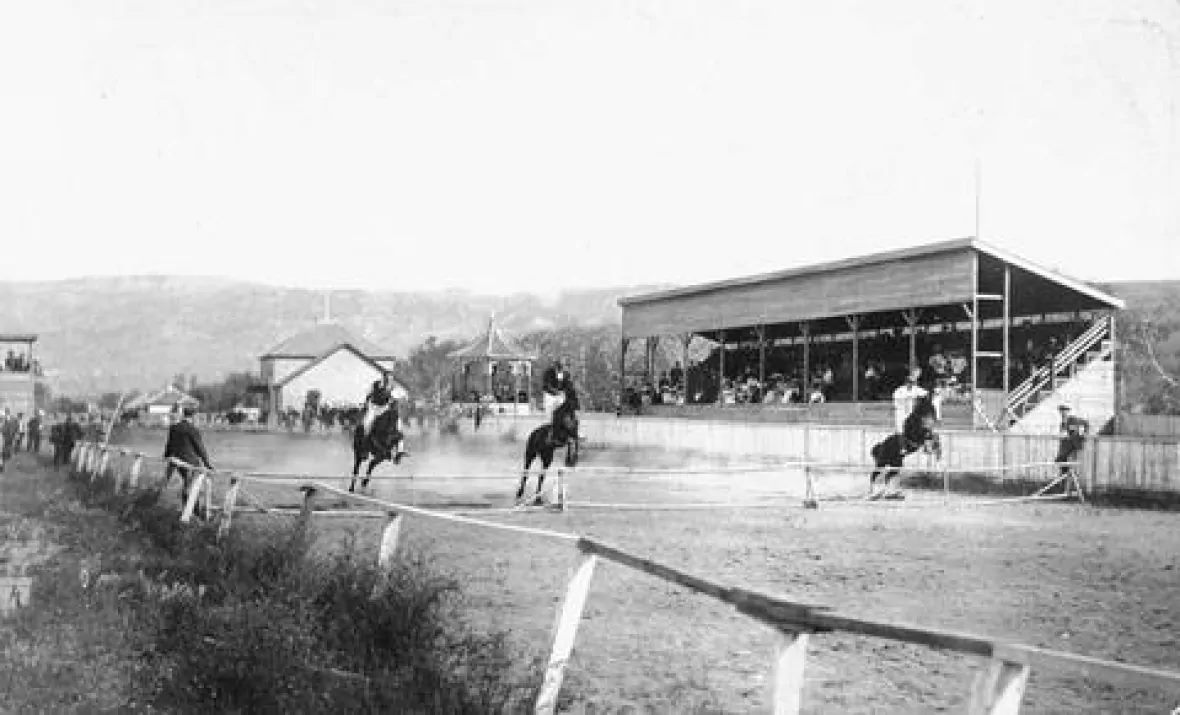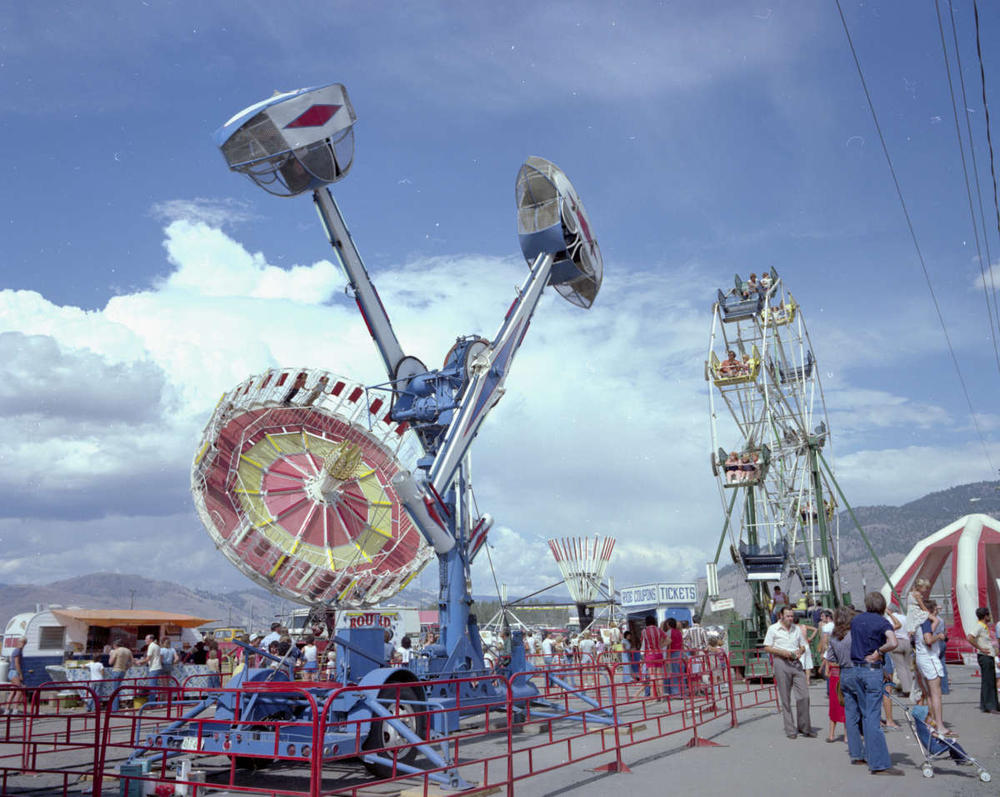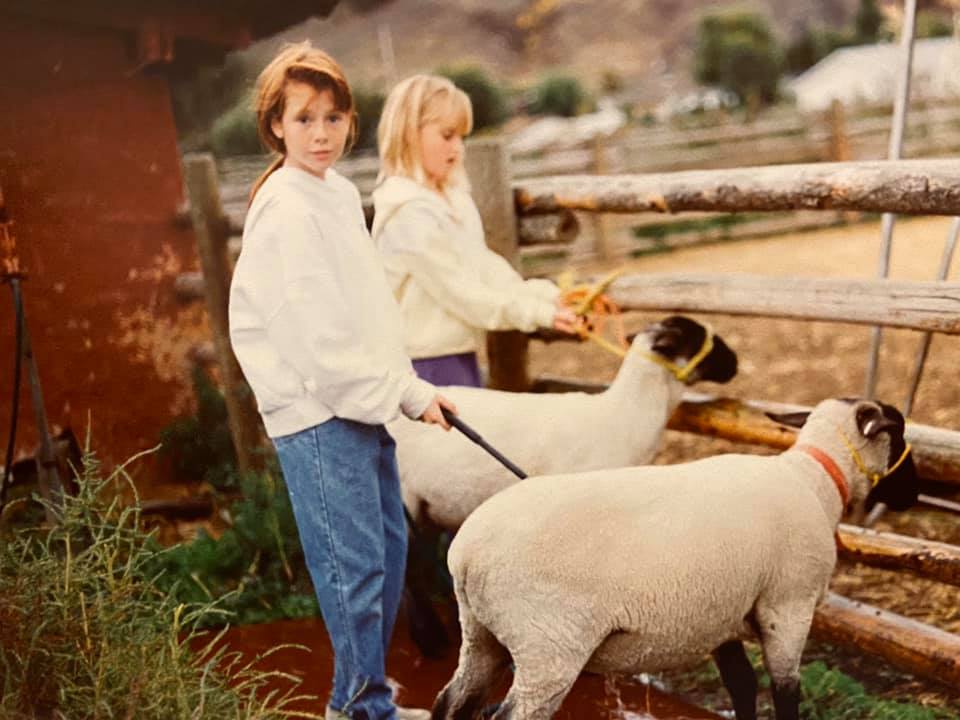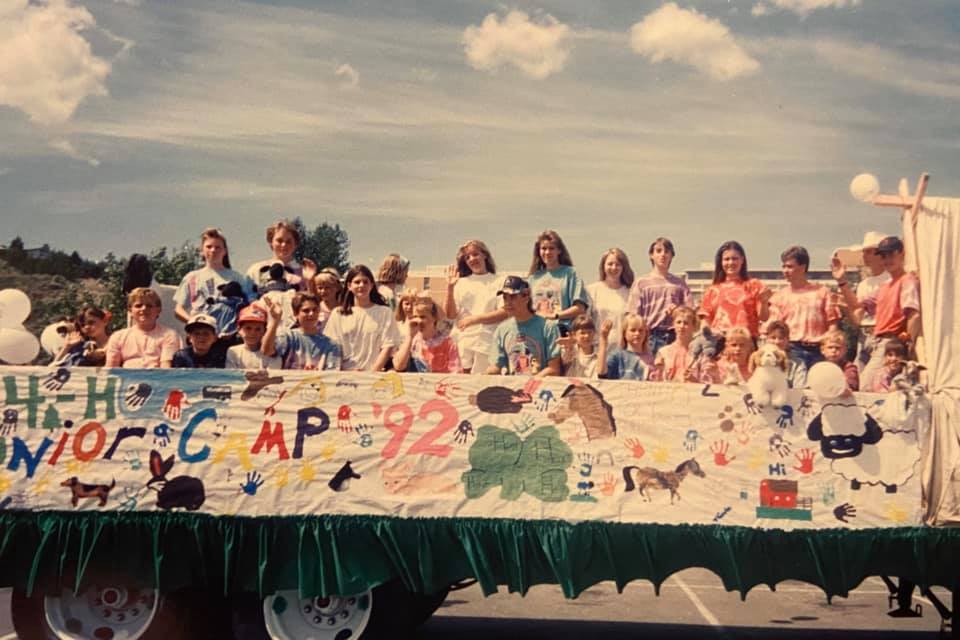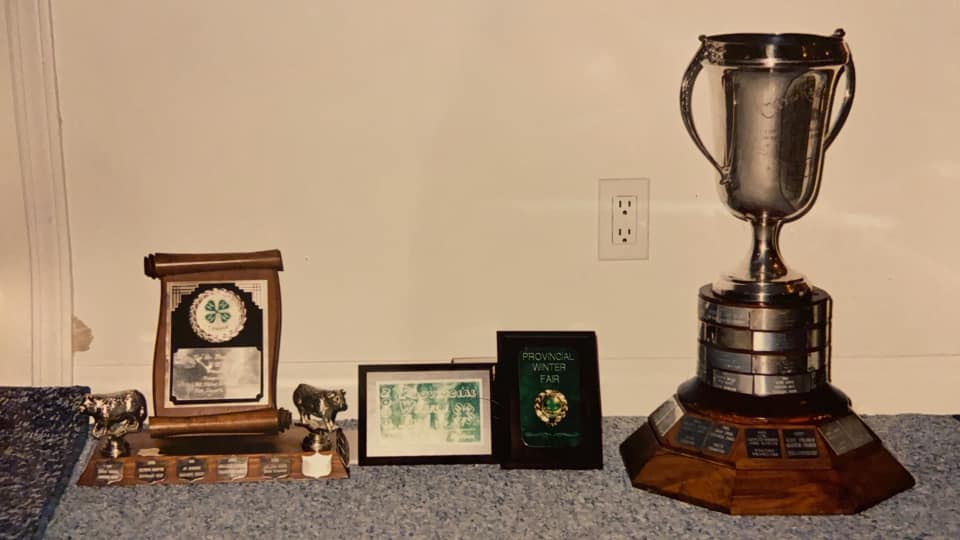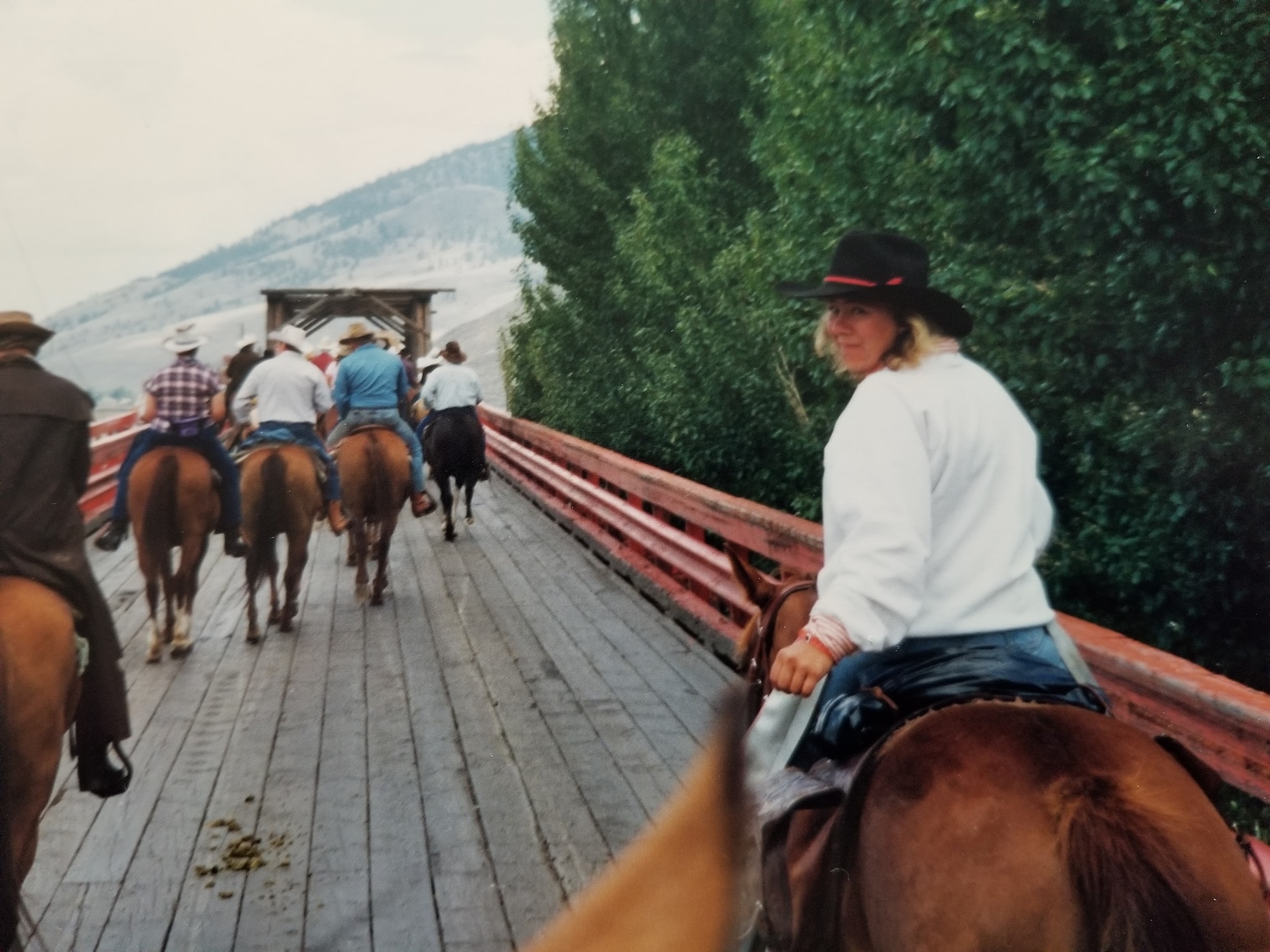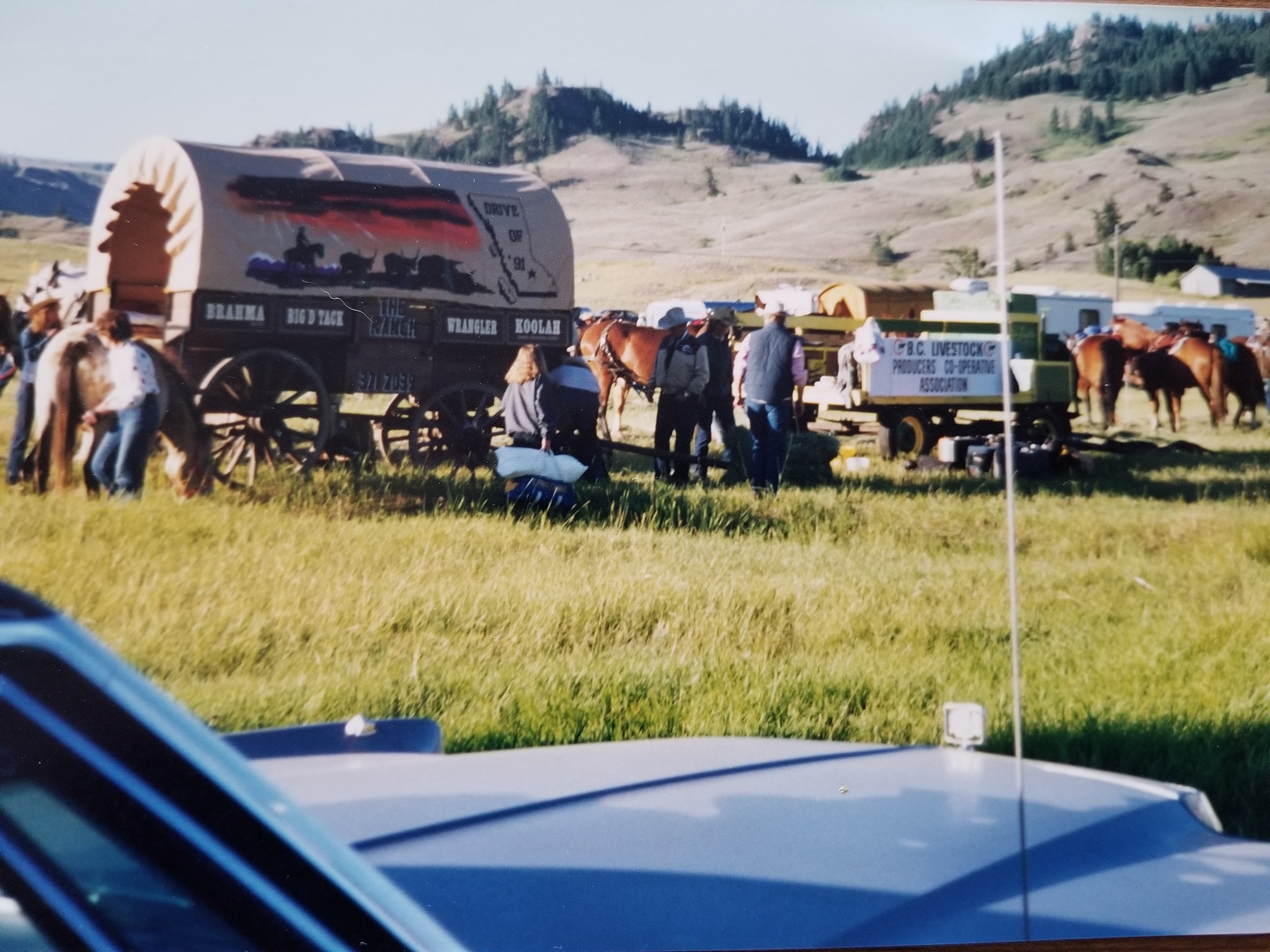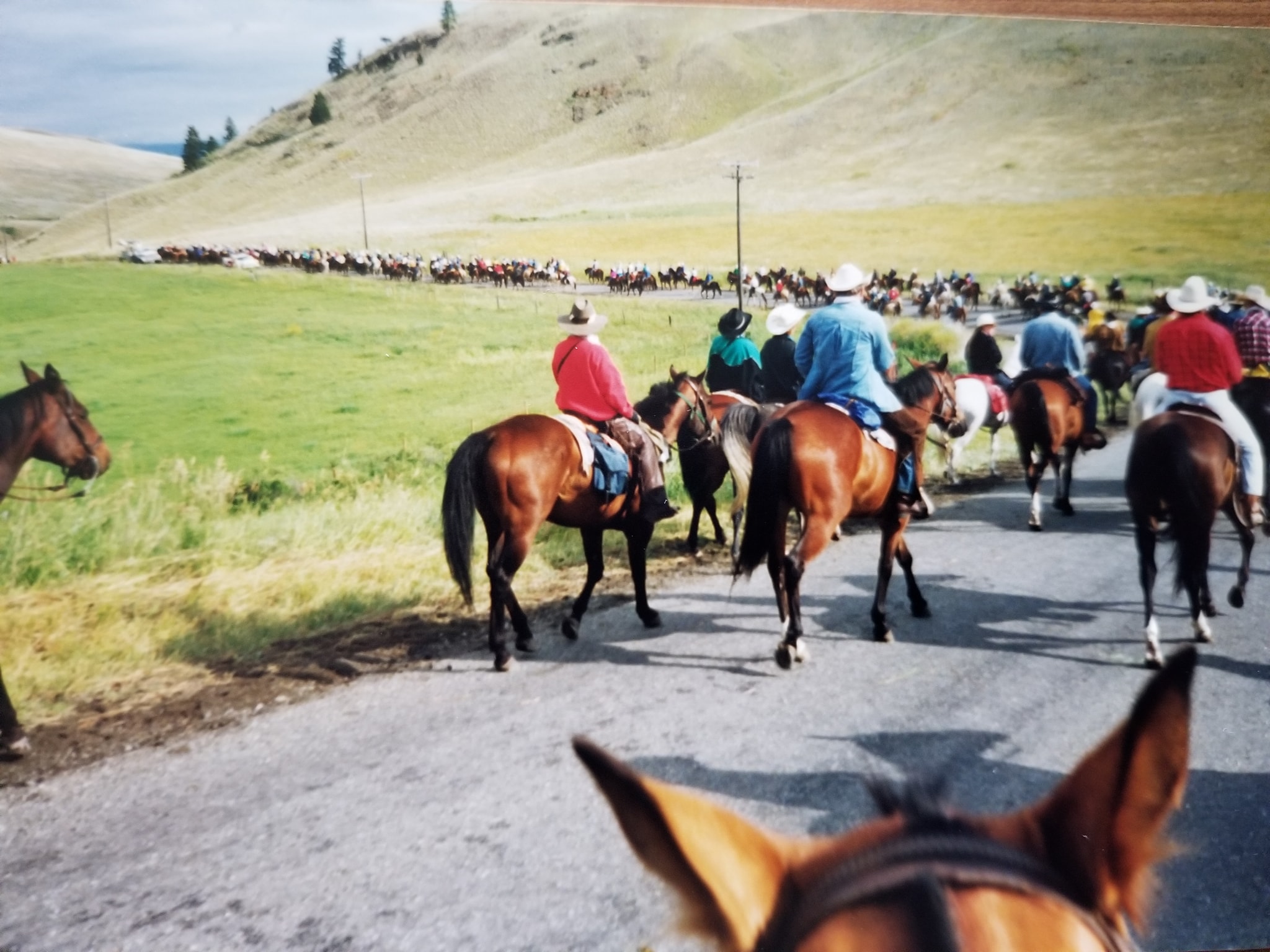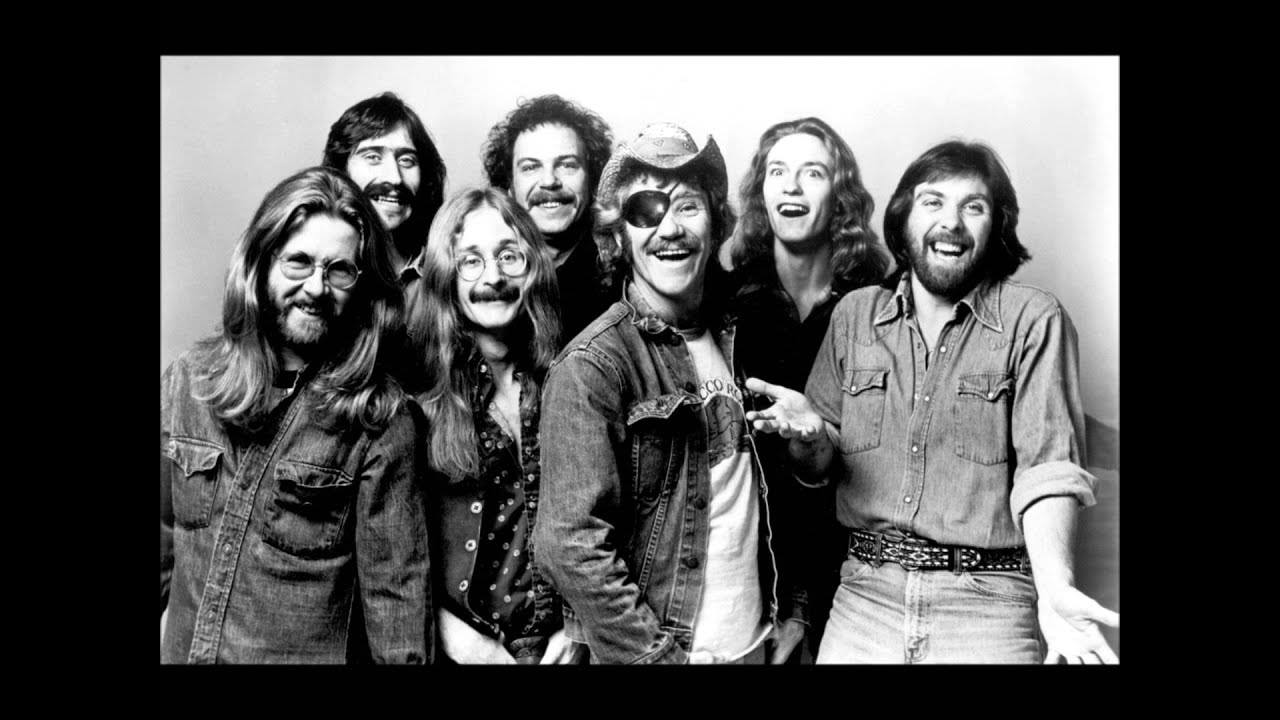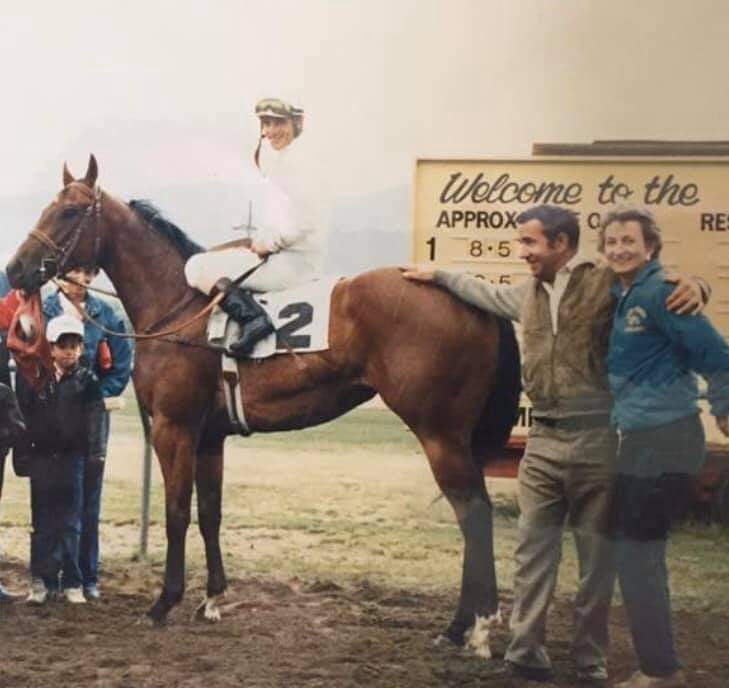The Origins of the Kamloops Exhibition Association
Article for the Kamloops News - 1970 - Ken Favrholdt; Curator/Archivist
"Images of the past: The origins of the kamloops exhibition association"
It was natural for an agricultural community such as Kamloops was before the turn of the Century to develop associations that catered to the needs of ranchers and farmers. As early as 1887, $800 was raised for an agricultural society. Two years later, Kamloops and at the same time Ashcroft, formed an "Inland Agricultural Association". The general muddle over the two organizations and where the annual fair was to be held resulted in the creation of a new association in Kamloops. The I.A.A. continued in Ashcroft and still had some Kamloops Representation.
It was William Roper, a stockraiser at Cherry Creek, John Roper Hull of Kamloops and John Thomas Edwards of the North Thompson Area who decided to form a new society "to protect and advance agricultural interests in the Inland district". The name of the incorporation under the Agricultural and Horticultural Societies Act in February 1895 was the Kamloops Agricultural Association, with the first general meeting held in March of that year.
At a later meeting the question of exhibition grounds came up. William Fortune of Tranquille suggested a site on the Hudson's Bay Company property on the north side of the Thompson River opposite Kamloops which include a race track. That fall, a fair was organized, but at the well-established Caledonian grounds on the south shore, which was the beginning of a regular yearly exhibition that brought together many people from different communities and a wide range of displays.
The 1895 fair included representation from Salmon Arm, Ducks (Monte Creek), Shuswap, North River (and the North Thompson Area), Grand Prairie (Westwold), Nicola and Tranquille. Among the carious displays of vegetables and grains, the Inland Sentinel reported "the fruit exhibit could not be excelled anywhere in the province". William Fortune won first prize for fruit from his farm. Fine arts were also displayed, including such attractions as still life on wood, crayon and oil paintings and a collection of landscape and portrait photographs by W.R. Lang. One of the best things featured in the exhibition according to the Sentinel was a cabinet wood carving by Mrs. C.H. Strutt. Other exhibits featured a collection of stuffed animals and birds of the district put on by Mrs. McIntosh and harness and saddlery work by Mr. D.C. McLaren.
Each succeeding fair was destined to be "bigger and better" than the last which often was not borne out in the newspaper or financial statements of the Association. But generally, there was always something of interest and excellence to be found each year. The 1896 fall fair highlighted a novel display of ore from recently discovered mineral locations on Coal Hill, south of town, including the Python and Iron Mask Claims.
That year also, James Vair exhibited a selection of stoves, E.G. Prior and Co. showed an assortment of wagons and agricultural implements and B. Wehrfritz of the Imperial Brewery presented an excellent display of bottled beer. As well there was livestock, including cattle, horses, sheep, pigs, and poultry and vegetables, field produce, fruit (again a collection by William Fortune), floral displays, ladies' work and fine art. Horse racing was also featured.
Sports events were added to the fair in 1897 in addition to the popular horse racing on the Caledonian grounds. Even a dog show was held that year. In 898, the Lieutenant-Governor of the province visited Kamloops for the first time and opened the fair. It was preceded by the Calithumpian Parade along Main Street (Victoria Street West), featuring the Fire Brigade, the Inland Board of Trade, the Indian band (Indigenous Peoples) and the Chinese community, to name a few. Athletic sports at the fair included a tug-a-war between married and single men (with the married men winning).
In 1899, a committee of the Association investigated the possibility of new grounds for their activities and again in 1900. Finally in 1901 the H.B.C. land (in present North Kamloops_ was purchased by the Association. It was only six weeks from the time the ground was broken to the erection of fences and buildings constructed under Robert MacKay, as well as a 1/2 mile race course "second to none in BC". The site was named Alexandra Park. Mr. Bain, the contractor for the first bridge across the Thompson to the north shore, also hastened his work which allowed access over the bridge in time for the fall fair.
Some poor fair years, however, which resulted in heavy debts, eventually forced the Association to sell Alexandra Park in 1911. Riverside Park was then contemplated as a new site. No fair was held in 1912 but instead the Association contributed to the Centennary of Kamloops from its beginning as a fur trade post, erecting arches and other displays in town. Late that year, though, City Council permitted a building in Riverside Park to be built for the Association. George MacBeth received the contract for the new agricultural hall which opened in September 1913.
Unfortunately, the hall was deemed very poor for the Exhibition and after the 1920 fair was sold to the City for $2500. The following year the Association headed by J.F. Smith first leased land on the Kamloops Indian Reserve (now 

Tk'emlúps te Secwépemc
) and polo was held for the first time. By 1925, a new arena was planned by the BC Stockbreeders Association and the "bull sale" building in the east end of town was completed in 1926. The fall fair was cancelled that year due to lack of organization but in 1928 was re-established utilizing the arena and turned out very successful.Despite the many ups and downs of the fall fair over the years, it endured and expanded. In 1931, a new Exhibition Park (the East End Park) was created with a racetrack, the focus. Also in that year, the name of Kamloops Agricultural Association was changed to the Kamloops Exhibition Association which as been retained to this day, although, as ever, the exhibitions over the years have undergone many changes.
In many ways, however, the objects of the K.X.A. as the organization is commonly known, to assist and promote the welfare of the agricultural and other industries of the region, as well as educational, artistic, social, recreational endeavours are as relevant today as they were in the earliest days of the annual exhibition.
0

